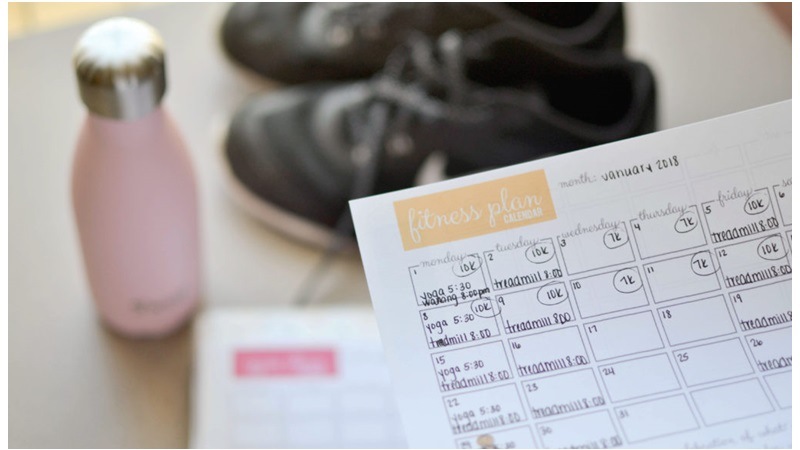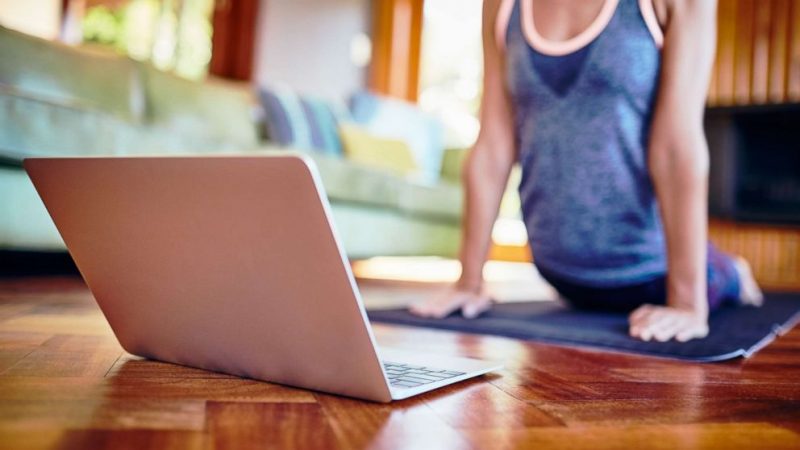Months have passed since the unsettling impact of the coronavirus began affecting lives of billions around the globe. Even so, people are still living in fear and distraught without any assurance of safety. So it is easy to understand that drastic measures have been imposed across societies in these desperate times, and the sports community is no exception.
Like the rest of the world, every sports team here in the Philippines should abide by strict protocols, which include social distancing and stay-at-home orders, to ensure their health, safety and well-being. Team competition is also prohibited, at this point, although the return of it is slowly gaining traction. With all of this in mind, coaches face a daunting task of keeping athletes engaged in the training regimen while overseeing their overall condition. By being resourceful, organized and prudent, check out how mentors put a premium on the team’s health and fitness during such an unprecedented situation.
Meetings via video conference
This pandemic has undeniably put everyone in a bind, but it is important to remember that each person has varying degrees of concerns and life circumstances. So it should not come as a surprise that coaches will try to keep in touch with their players, even opting for meetings via video conferencing software platforms such as Skype and Zoom. By doing so, they will be able to assess the situation and talk about the living conditions of their constituents, which allows them to plot an apt training and nutrition plan.
This virtual connection enables athletic squads to train at the same time without physically coming into contact with each other, creating an atmosphere similar to that of their usual practice sessions without putting anyone at risk. It also promotes camaraderie and enthusiasm, both of which are important ingredients in tapping into a team’s maximum potential. Working out in a pack can as well add more motivational fuel to one’s fire since being in a group setting gives a person that competitive edge.
Emotional ventilation is another activity that team tacticians also incorporate when utilizing video conferencing technology. After all, stress and anxiety are at its peak in the midst of a crisis, and these can predispose anyone into poor mental health. A simple discussion of concerns and worries from time to time can do wonders for athletes. For one, they would be constantly reminded that others also go through rough patches and that they are not alone in these challenging times. Furthermore, venting out emotions on a regular basis can lead to a healthy lifestyle.
Plot apt training regimen

Athletes are accustomed to a disciplined and productive lifestyle but, be that as it may, there is still a high possibility that their usual routine would get disrupted by the current living conditions. For this very reason, a coach must continue overseeing the fitness journey of the whole team, making sure that each player avoids a sharp decline in physical performance despite being in the comfort of their homes. This is where a well-developed training regimen comes into play as it helps a team mentor guide an athlete while monitoring significant progress.
Wlith the help of the information gathered through online meetings, coaches can devise a training program that fits the circumstances of an athlete. For example, the skills of a basketball player develops through repetitive practice of fundamentals such as ball handling and shooting, to go along with continuous game experience as well as physical and mental conditioning. Thus, there is a need for specific fitness equipment, spacious court to operate, and a good amount of competition in order to boost one’s attributes. In the absence of the said necessities, an alternative must be provided by coaches — one that functions in decreasing the magnitude of restricted training while catering to the recovery capacity and training load an athlete can handle in a stressful setting.
Once a plan has been formulated, the next crucial step is tracking the progress, which includes weekly weigh-ins, progress pictures and girth measurements. This process does not only give an overseer a barometer to gauge the effectiveness of the training program but also a scope for consistency and improvement. Some coaches even require their players to document their workout sessions through video recordings in order to check the execution and intensity of exercises.
Provide nutrition plan

On every path to peak performance in the sports landscape, a good training regimen always goes hand-in-hand with a good nutrition plan. After all, a day in the life of athletes does not go by without taking on a slew of strenuous activites, leaving them no choice but to exhaust large amounts of energy. So it should not come as a surprise that they always experience a constant need to replenish vitality, and what better way to do so than eating.
The main source of energy and nutrients is food. It serves as the most important fuel for the body, so much so that failing to meet an ample amount of food consumption can lead to subpar performances in both training and competition as well as quick burnouts. Still, chowing down on any kind of food will not do you any good. One has to remember that you are what you eat, so if an athlete wants to be in the pink of health throughout his or her career, then having a healthy nutrition plan is a must. A well-balanced diet should mainly consists of foods rich in carbohydrates for that burst in energy, protein for muscle growth and repair, to go along with a good amount of fat for long-lasting energy fuel.
In line with this, coaches need to provide a well-planned meal routine, which is also critical component in supplementing athletes with nutrients. At the top of the schedule should be the all-important breakfast. Skipping out on the first meal of the day is a big no-no since it centers on carbohydrates that pump life into one’s body, especially during early-morning trainings that are usually endurance-based such as running.
Furthermore, there should be no shortage of carbohydrates and protein in an athlete’s before and after workout meals, respectively. Zoning on carbohydrates before a major sweat session provides a positive impact on performance, while bingeing on a protein-heavy meal following a workout helps speed up the recovery phase of strained muscles. Of course, it is important to have fruits and veggies as well, incorporating it on any meal of preference in the course of the day. Also, staying hydrated by chugging water and other healthy refreshments like milk, smoothies and protein shakes should be done routinely.
For coaches and athletes alike, the idea of achieving peak fitness at home is an extreme test of fortitude, resourcefulness and patience. It is never easy to work on one’s physique and skills while in somewhat a state of confinement. Still, it has to be done. After all, safety is the topmost priority in the midst of a lethal pandemic, and nothing keeps someone safer than staying at home to avoid contact with other people. Well, as they say, it is better to be safe than sorry.

